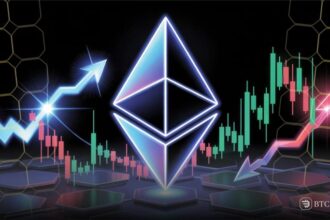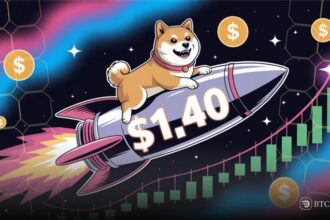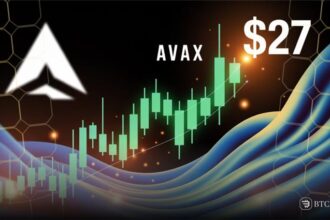Goldman Sachs plans to bring U.S. Treasury bonds and money market funds to the blockchain. The bank wants to let investors trade these assets 24/7.
It will utilize tokenization to facilitate this. Clients’ demand is driving the shift. The company feels that blockchain can enhance settlement and access to assets.
Goldman Sachs is planning to launch three significant projects in 2025. The first will launch as its inaugural U.S.-based tokenized fund, and the second will issue as a digital bond denominated in euros. These actions reflect the bank’s long-term approach of merging traditional finance with blockchain.
Tokenized finance gains ground
Tokenized money market funds have already accumulated over $1 billion in assets and are expected to grow rapidly.
McKinsey expects the market size to reach $2 trillion by 2030. Major players such as BlackRock and Franklin Templeton are already providing tokenized products. They provide faster settlement and greater flexibility in trading.
Tokenized Treasuries are increasing as well. They are worth more than $5 billion today. BlackRock’s BUIDL product is the market leader there. That is indicative of support from the big players.
American regulators have begun to ease limitations. The Office of the Comptroller of the Currency published in March a letter permitting banks to engage in crypto and blockchain services without prior approval. The Federal Reserve and FDIC also shifted from their previous stance. These new developments bring U.S. regulations into line with worldwide markets.
Goldman plans digital asset spinoff
Goldman Sachs could split its Digital Asset Platform into its standalone entity. This move would allow the platform to support more institutions. It has the potential to enhance trading efficiency and liquidity. These are essential elements to the success of tokenized assets.
However, there are still some challenges. Permissioned blockchains are Goldman’s preference to remain compliant. Custodians are subject to capital regulations based on crypto assets. Liquidity in tokenized bonds remains constrained, and secondary markets won’t develop overnight.
Goldman is actively building a roadmap toward a near future where it tokenizes government debt and enables trading beyond regular market hours. Goldman wants to keep pace with increasing institutional demand while remaining in compliance with financial regulation. It hopes to define the next stage of digital asset expansion by combining traditional finance with blockchain.







